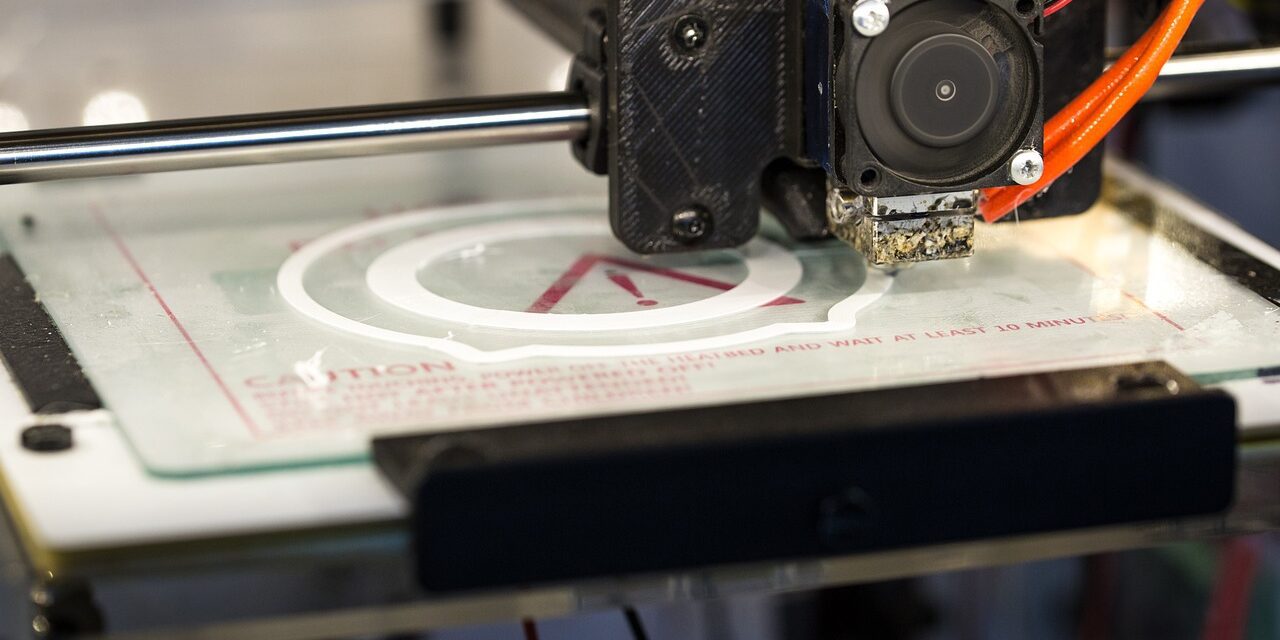Introduction to Advancements of 3D Printing
Advancements of 3D Printing In the realm of modern manufacturing, few innovations have had as profound an impact as 3D printing. Over the past few decades, this revolutionary technology has transformed the way we create, design, and produce everything from intricate aerospace components to custom-made prosthetics. In this blog, we’ll delve into the world of 3D printing and explore how it’s become a game-changer in modern manufacturing.
The Birth of 3D Printing
The concept of 3D printing, also known as additive manufacturing, isn’t entirely new. It was first introduced in the 1980s but has since evolved in remarkable ways. The basic principle is simple: rather than subtracting material from a larger block (as in traditional manufacturing methods), 3D printing adds material layer by layer to build a three-dimensional object. This fundamental shift in approach has opened up a world of possibilities.
Unparalleled Design Flexibility
One of the key advantages of 3D printing is the unprecedented design flexibility it offers. Traditional manufacturing often involves complex tooling and molds, limiting design options. With 3D printing, intricate, customized, and geometrically complex objects are not only possible but often more practical.
For example, in aerospace, engineers can design lighter and more aerodynamic components, leading to fuel efficiency improvements. In healthcare, 3D printing allows for patient-specific prosthetics and implants, reducing recovery times and improving comfort.
Speed and Cost-Efficiency
3D printing has also changed the game when it comes to rapid prototyping and small-scale production. Traditional manufacturing processes can be time-consuming and expensive, especially for low-volume or highly customized items. 3D printing allows for quick iteration and the production of one-off items without the need for extensive retooling. This not only speeds up product development but can also reduce costs in many cases.
Industry Applications
The applications of 3D printing are incredibly diverse. Here are a few examples of how it’s making a difference across various industries:
- Medicine: Custom prosthetics, dental implants, and even 3D-printed organs are becoming a reality, saving lives and improving patient outcomes.
- Automotive: Car manufacturers are using 3D printing for rapid prototyping and creating lightweight, efficient components.
- Construction: Companies are exploring the use of 3D printing to build houses and infrastructure, which could revolutionize the construction industry.
- Fashion: High-end designers are using 3D printing to create unique, avant-garde fashion pieces that challenge traditional design norms.
Environmental Benefits
3D printing also aligns with sustainable practices. Traditional manufacturing processes often produce waste, while 3D printing is additive, meaning it uses only the material necessary for the final product, minimizing waste. Additionally, 3D printing can be used with recycled materials, making it an eco-friendly option for manufacturing.
Challenges and Future Prospects
While 3D printing offers numerous benefits, there are still challenges to overcome. These include limitations in the materials available for 3D printing, the need for improved quality control, and addressing intellectual property concerns.
Looking ahead, the future of 3D printing is exciting. As technology continues to advance, it’s likely that we’ll see even more materials, enhanced printing speeds, and broader adoption across industries.
Conclusion of Advancements of 3D Printing
3D printing is a game-changer in modern manufacturing. Its impact extends from the medical field to aerospace, automotive, and beyond, offering unparalleled design flexibility, speed, and cost-efficiency. As this technology continues to evolve and become more accessible, it has the potential to revolutionize how we create and produce goods, with positive implications for both industry and the environment. It’s a testament to human ingenuity and a promising path toward a more innovative and sustainable future.





